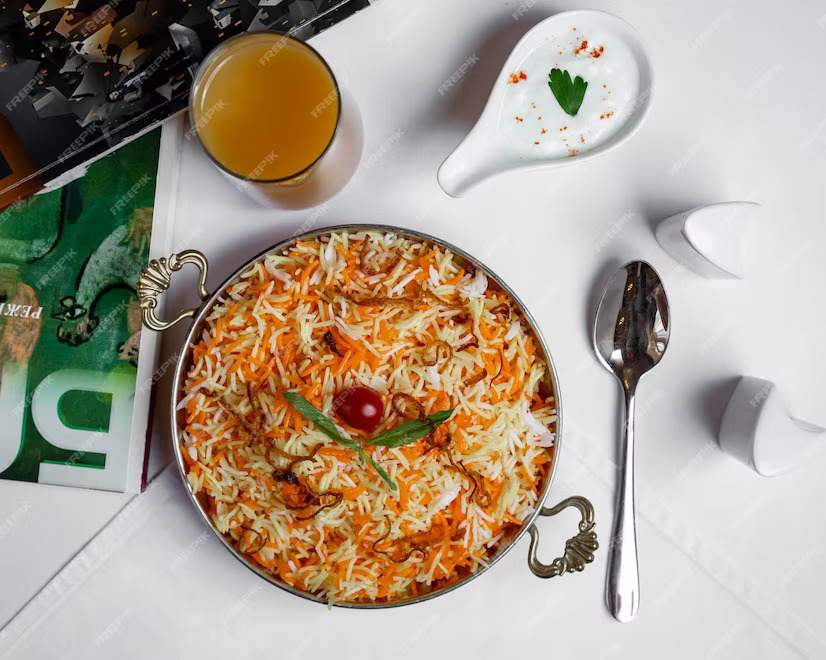What is the Difference Between Cast Iron and Iron Cookware?
Every great cook understands how important the proper tools are, and behind the scenes of every classic kitchen is the simmer of an ongoing argument – cast iron cookware vs iron cookware. The two are made of the same base material but have very different characteristics, applications, and maintenance guidelines.
These two types of cookware are really nothing alike. Whether you are getting a new kitchen started, or considering an upgrade to your cookware, knowing what is the difference between cast iron and iron will help you make wise investments.
What is Cast Iron Cookware?
To know the cast iron and iron difference, you must understand what cast iron cookware is. It's produced using a process called casting. Cast iron cookware is made by melting iron and pouring it into a mould to give it shape, like a frying pan, tawa, or pot.
Cast iron cookware is known for being very strong, heavy, and long-lasting. Many people use it because it cooks food really well and can last for many years, even passed down from parents to children.
One of the best things about cast iron is that it stays hot for a long time. This means once it gets hot, it doesn't lose heat quickly. That makes it great for cooking foods like fried chicken, or thick gravies. It gives food a nice, crispy and golden outside while keeping the inside soft and juicy.
Traditionally, cast iron is known for requiring a lot of care and maintenance. It is naturally rust-prone and must be seasoned with oil to build up a protective, nonstick coating. But the good news is that most of the cast iron available these days comes pre-seasoned, so that they are ready to use straight out of the box.
What is Iron Cookware?
Iron cookware, also known as wrought iron or classical iron cookware, is manufactured by a different process. Rather than being poured, it is forged from solid sheets or bars of iron, which are heated and shaped by tools. But the cookware that is made in this way tends to be lighter, smoother, and more responsive to heat than a cast-iron pan. This is a big difference between iron and cast iron cookware.
Iron cookware finds widespread use in Indian kitchens for cooking dishes that need to be cooked at extremely high heat for a short duration. You can use them for making fluffy rotis, sizzling dosas, or quickly roasted spices.
It doesn’t hold heat as effectively as its counterpart. But the material heats up and cools off quickly. This makes it a good fit for dishes that need to be cooked at high heat for a minimal amount of time. It also needs to be seasoned and taken care of to keep from rusting.
Key Differences Between Iron and Cast Iron Cookware
Here’s a tabular representation of the difference between cast iron and iron to help you decide between the two:
|
Feature |
Cast Iron Cookware |
Iron Cookware |
|
Manufacturing Process |
Molten iron poured into moulds (casting) |
Forged from iron sheets or rods |
|
Surface Texture |
Rough, grainy; often pre-seasoned |
Smoother, needs seasoning through repeated use |
|
Weight |
Heavier; dense structure |
Lighter and easier to manoeuvre |
|
Heat Retention |
Excellent; retains heat for a long time |
Moderate; quick to heat and cool |
|
Cooking Time |
Longer pre-heating; great for slow-cooking |
Faster; ideal for quick meals and high-heat cooking |
|
Maintenance |
Requires seasoning; sensitive to moisture |
Also needs care, but usually simpler to maintain |
|
Durability |
Extremely durable; lasts generations |
Durable but slightly more prone to warping over time |
|
Best For |
Stews, bakes, roasts, searing |
Stir-fries, Indian cooking, flatbreads |
|
Price |
Generally more expensive |
More affordable |
|
Aesthetic Appeal |
Rustic, vintage look; doubles as serveware |
Functional, traditional appearance |
|
Compatibility |
Oven-safe, induction-ready (if flat base) |
Works on gas and induction (if base is compatible) |
Hope this detailed comparison answers queries like ‘cast iron or iron cookware which is better?’ Now, let’s understand which among the two will be a better choice for your kitchen needs.
Cast Iron vs Iron Cookware: Which One Should You Choose?
Now that you know the difference between cast iron and iron cookware, your choice should reflect how you cook, what you cook, and how much time you’re willing to spend caring for your tools.
Choose Cast Iron if:
-
You frequently cook hearty one-pot meals, slow roasts, or deep-dish baked goods.
-
You prefer cookware with excellent heat retention and even heat distribution for consistent, long-duration cooking.
-
You enjoy slow cooking techniques like braising, baking, and roasting, which benefit from steady heat.
-
You like cookware that can double as serveware, offering a rustic, vintage charm from stove or oven to table.
-
You don’t mind the extra care—such as regular seasoning, thorough drying, and light oiling—to maintain it.
-
You want a piece of cookware that’s a long-term investment, often lasting for generations and improving with use.
Choose Iron Cookware if:
-
You cook quick stir-fries, chapatis, dosas, or sautéed vegetables on high heat all the time.
-
You like to cook fast with pans that heat up quickly.
-
You appreciate the convenience of less weight and more manageability to hoist, manoeuvre, and clean — perfect for a frequent cook or someone who doesn’t have a firm grip.
-
For some tasks — like tempering spices or frying an egg — you want quick heat and you want it to be even.
-
You prefer easy-to-maintain cookware — you’ll still have to season the skillets, but iron requires less fussing than cast iron, overall.
-
You love the classic Indian style of cooking – the way rotis are made or the way dry-roasted or deep-fried dishes are prepared in a kadai.
-
You appreciate both kinds — cast iron for baking and roasting, and iron for everyday cooking in Indian kitchens.
Conclusion
By now, you must have understood which is better for cooking cast iron or iron. Though they may appear similar at first glance, cast iron and iron cookware serve very different purposes in the kitchen.
Your cooking habits, the kinds of dishes you prepare, and your comfort with upkeep will largely determine which one suits you best. By choosing wisely, you’ll have a reliable partner in your culinary adventures—one that enhances flavour, preserves tradition, and stands the test of time.
















Leave a comment